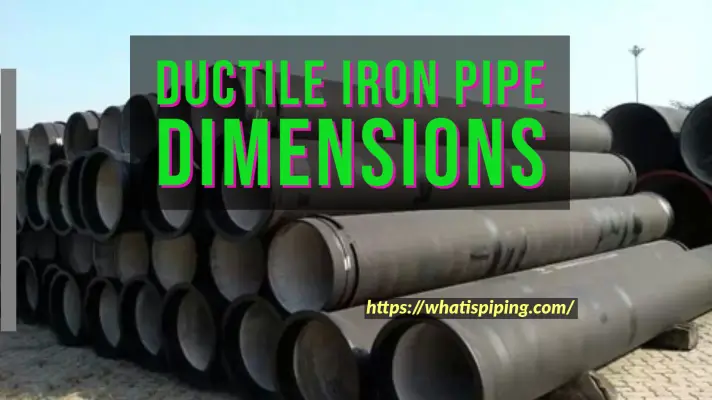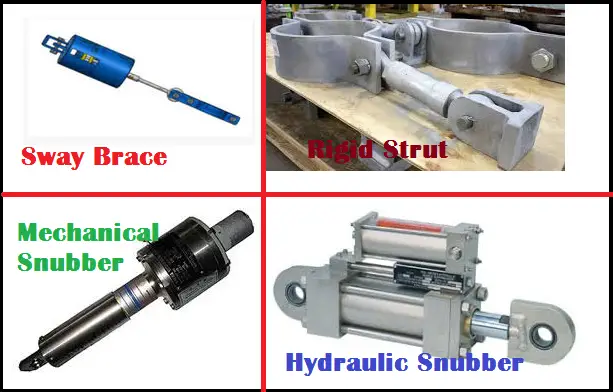Metals have played a crucial role in shaping human civilization, from the Bronze Age to the modern era. While we often associate metals with their durability, strength is an essential characteristic that determines their practical applications. They are used in various industrial sectors like construction, automobiles, medicine, jewellery, weapon, clothing, farming, furniture security, machinery, and many others. In this article, we delve into the world of metal alloys and discover the top contenders for the title of the strongest metals known to humankind. Brace yourself for an exploration of extraordinary strength, resilience, and the remarkable feats of engineering that these metals enable.
Factors for Deciding Strongest Metals
Have you ever thought, What is the strongest metal on earth? Even though the question seems easy, the answer is quite complex as various parameters need to be accounted for in the reply. As there isn’t a universal scale for strength in simple terms. In metallurgy, we can find four different types of strength. Those are:
- Tensile strength
- Compressive strength
- Yield strength, and
- Impact strength
Tensile Strength:
Tensile strength is a measure of a material’s resistance to breaking under tension. It represents the maximum amount of stress a metal can withstand before fracturing. Higher tensile strength indicates a stronger metal. Find more details about tensile strength here.
Yield Strength:
Yield strength refers to the amount of stress a metal can withstand without permanent deformation or plasticity. It represents the point at which the material begins to show strain. A higher yield strength indicates greater resistance to deformation. More details about yield strength can be found here.
Compressive Strength:
Compressive strength refers to a material’s ability to withstand compressive or squeezing forces without undergoing permanent deformation or failure. It measures the maximum amount of compressive stress a material can bear before fracturing or collapsing. Compressive strength is essential in applications where materials need to withstand crushing or compacting forces. It is typically measured by applying a compressive load to a sample until it fails, and the maximum load it can withstand is recorded. Compressive strength is expressed in units of pressure, such as pounds per square inch (psi) or megapascals (MPa).
Impact Strength:
Impact strength, also known as toughness, represents a material’s ability to absorb energy when subjected to a sudden force or impact without breaking or fracturing. It measures the resistance of a material to crack propagation under impact loading conditions. Impact strength is particularly relevant in scenarios where materials are exposed to sudden shocks, collisions, or dynamic loads. The impact strength of a material is determined by subjecting a standard test specimen to a high-velocity impact and measuring the energy absorbed before a fracture occurs. It is usually expressed in terms of energy units, such as joules (J) or foot-pounds (ft-lbs).
Top 10 Strongest Metals
So to find out the strongest metals on earth we have to think from all the above-mentioned four strength parameters and this is not simple. And based on those parameters, there are several metals that can be considered among the strongest. Here is a list of some of the strongest metals for industrial applications.
Tungsten:
Tungsten takes the crown as one of the strongest metals available. With an incredibly high tensile strength, it is twice as strong as steel, making it ideal for demanding industrial applications. Its exceptional strength is due to its dense atomic structure, which allows it to withstand extreme temperatures and pressures. Tungsten finds extensive use in aerospace, electrical wiring, and high-temperature applications such as filament in incandescent light bulbs.
Titanium:
Renowned for its exceptional strength-to-weight ratio and resistance to corrosion, titanium is a true heavyweight contender in the world of metals. It boasts a strength comparable to steel but is about 45% lighter. These properties, along with its biocompatibility, make it an ideal material for aerospace applications, medical implants, and sports equipment. Titanium’s strength combined with its ability to withstand extreme temperatures makes it an invaluable component in the aerospace industry.
Chromium:
Chromium, often alloyed with steel, significantly enhances the strength and durability of the resulting material. Stainless steel, containing at least 10.5% chromium, exhibits excellent resistance to corrosion and oxidation. It finds extensive use in the production of kitchen appliances, automotive parts, and construction materials. Chromium’s ability to withstand high temperatures makes it indispensable in the manufacturing of gas turbines and jet engines.
Nickel-based Superalloys:
Nickel-based superalloys (Inconel, Monel, Hastelloy) are a family of high-performance metals renowned for their exceptional strength, heat resistance, and creep resistance. These alloys contain nickel as the primary element along with other elements like cobalt, chromium, and molybdenum. Nickel superalloys are widely employed in the aerospace, power generation, and petrochemical industries, where their strength and resistance to thermal fatigue are crucial for high-stress environments.
Steel:
Steel, an alloy of iron and carbon, has long been revered for its strength and versatility. Depending on the composition and treatment, steel can exhibit varying degrees of strength, but it remains a stalwart choice for construction, manufacturing, and infrastructure projects worldwide. The addition of other elements like chromium, nickel, and molybdenum enhances its corrosion resistance and strength. Steel’s remarkable strength-to-weight ratio makes it an integral part of modern architecture and heavy machinery. Alloy steels and DSS materials are very good contenders to be one of the strongest metals.
Vanadium:
Vanadium, a transition metal, exhibits excellent strength, hardness, and resistance to corrosion. It is often alloyed with steel to improve its strength and toughness. Vanadium steel, widely used in tools and high-stress applications, boasts remarkable tensile strength and impact resistance. Its strength and ability to retain sharp edges make it a popular choice in the manufacturing and toolmaking industries.
Lutetium:
Lutetium, one of the rare earth metals, stands out for its exceptional strength and high melting point. Its remarkable strength, combined with its resistance to deformation, makes it a valuable component in superalloys used in jet engines and gas turbines. Lutetium-based alloys also find applications in the nuclear industry due to their excellent radiation resistance.
Molybdenum:
Molybdenum is a robust metal with high tensile strength and resistance to corrosion and wear. It is commonly used as an alloying element in steel, imparting enhanced strength and heat resistance. Molybdenum alloys find applications in high-temperature environments, such as aerospace, electrical contacts, and industrial processes.
Cobalt:
Cobalt, known for its strength and magnetic properties, is vital in various industries. It finds extensive use in the production of high-strength alloys, such as cobalt-chromium-molybdenum (CoCrMo) alloys used in medical implants and aircraft engines. Cobalt alloys exhibit exceptional strength, corrosion resistance, and high-temperature performance.
Zirconium:
Zirconium, a corrosion-resistant metal, possesses impressive strength and heat resistance. It is widely used in the nuclear industry, where its strength, low neutron absorption, and corrosion resistance make it suitable for reactor components. Zirconium alloys also find applications in aerospace, chemical processing, and medical devices.
Here is a typical comparison table stating the various strengths of the above-mentioned metals:
| Metal | Tensile Strength (MPa) | Compressive Strength (MPa) | Yield Strength (MPa) |
|---|---|---|---|
| Tungsten | 1,510 – 1,800 | 1,580 – 1,900 | 900 – 1,150 |
| Steel/Alloy Steel/Stainless Steel/DSS | 370 – 2,070 | 370 – 2,070 | 250 – 1,500 |
| Titanium | 900 – 1,100 | 900 – 1,100 | 800 – 1,000 |
| Chromium | 370 – 1,200 | 2,000 – 2,600 | 200 – 550 |
| Nickel-based Superalloys | 1,000 – 1,500 | 1,500 – 2,000 | 600 – 1,100 |
| Vanadium | 620 – 1,070 | 620 – 1,070 | 310 – 690 |
| Molybdenum | 690 – 1,380 | 690 – 1,380 | 310 – 690 |
| Cobalt | 420 – 1,380 | 1,100 – 1,700 | 400 – 1,200 |
| Zirconium | 350 – 450 | 1,000 – 1,300 | 250 – 350 |
Conclusion
From tungsten’s unmatched tensile strength to the corrosion resistance of zirconium, the top 10 strongest metals showcase the extraordinary capabilities of these materials. Each metal offers a unique combination of strength, durability, and specialized properties that make them invaluable in various industries. As technology and research continue to advance, we can only anticipate the emergence of new alloys and materials that push the boundaries of strength even further, fueling innovation and opening doors to new possibilities in engineering and design.








